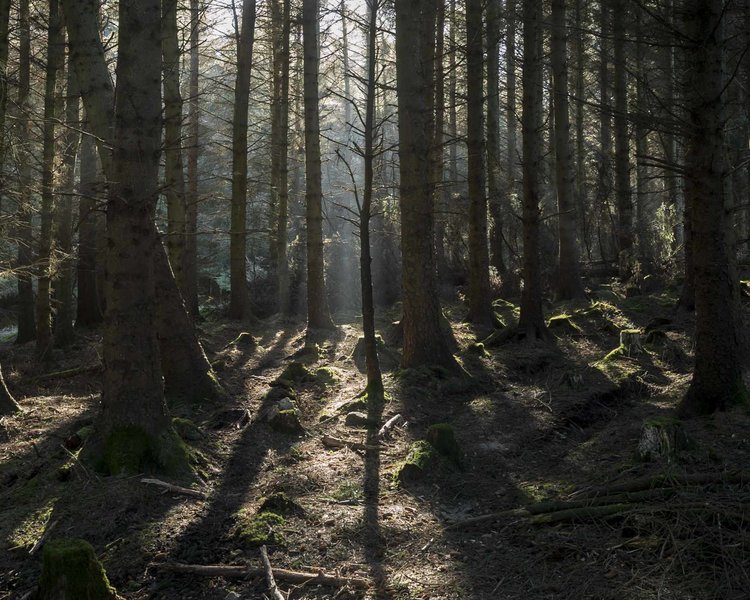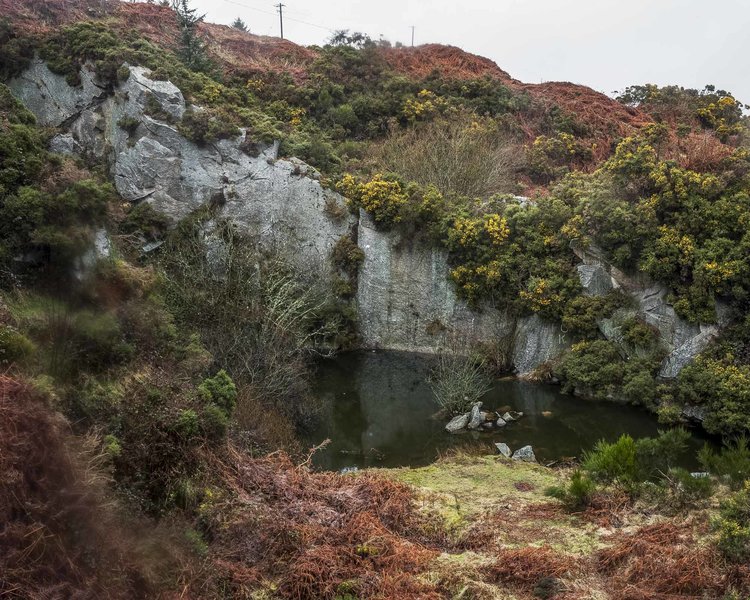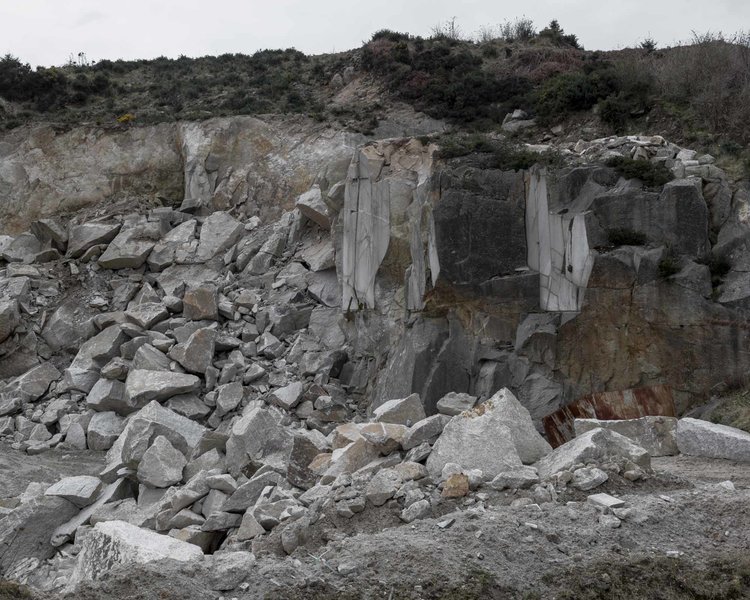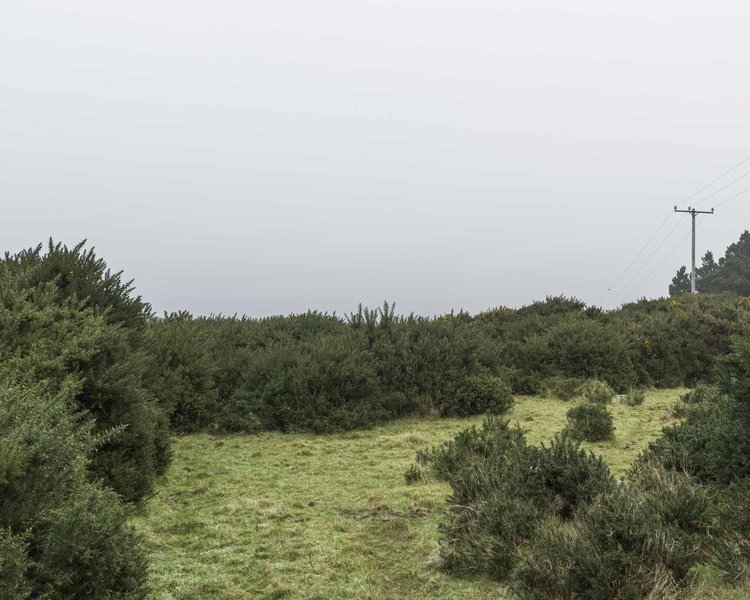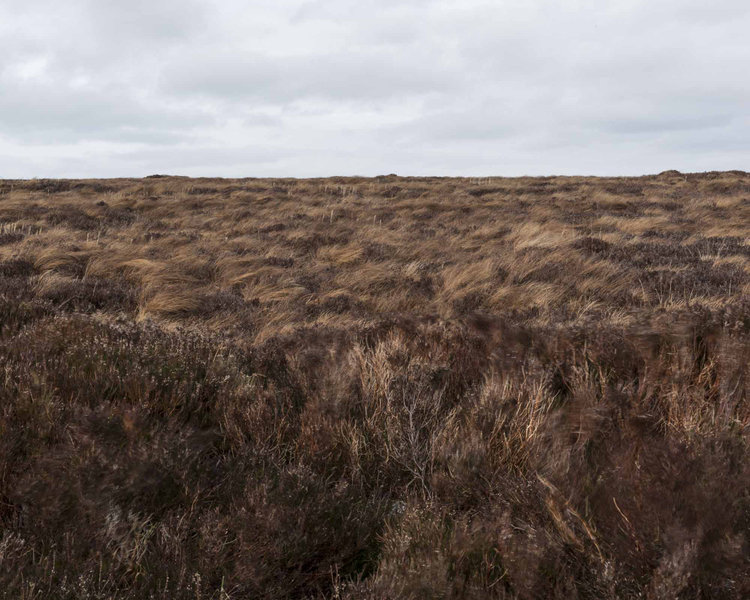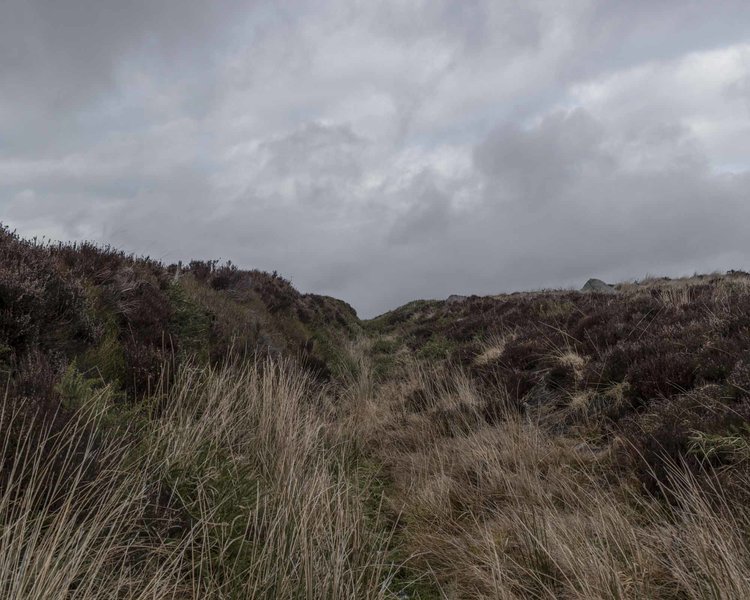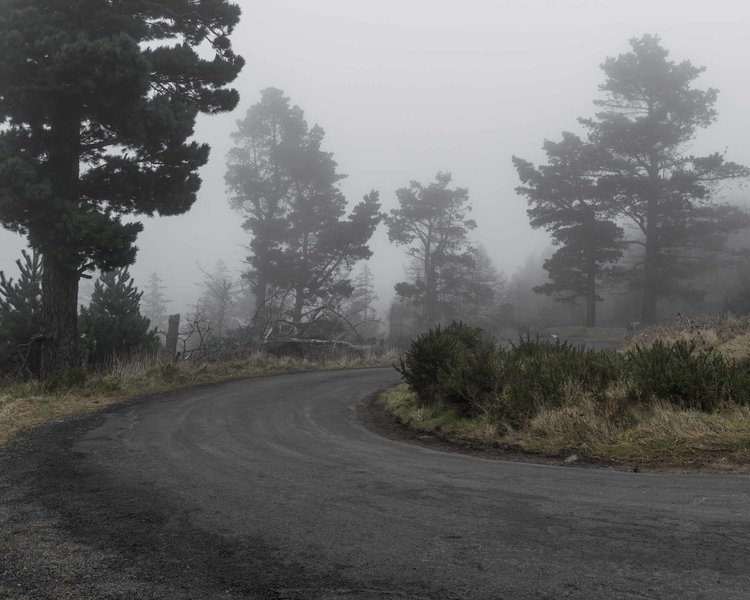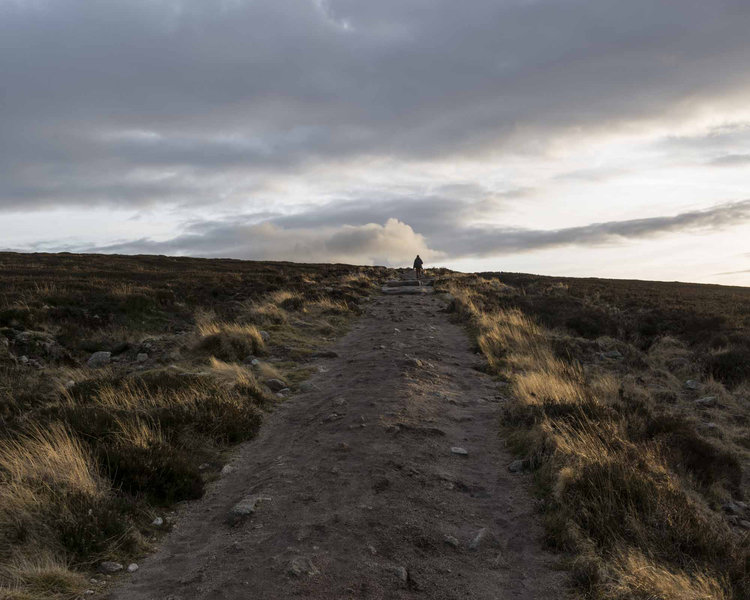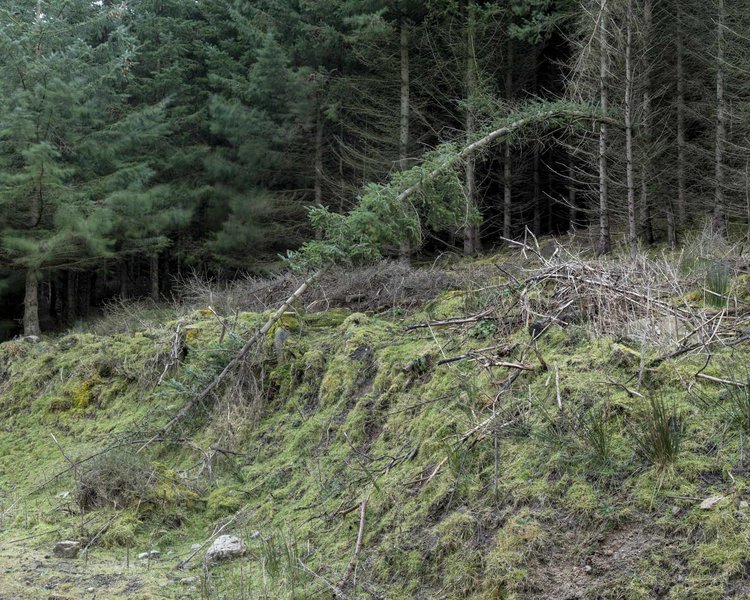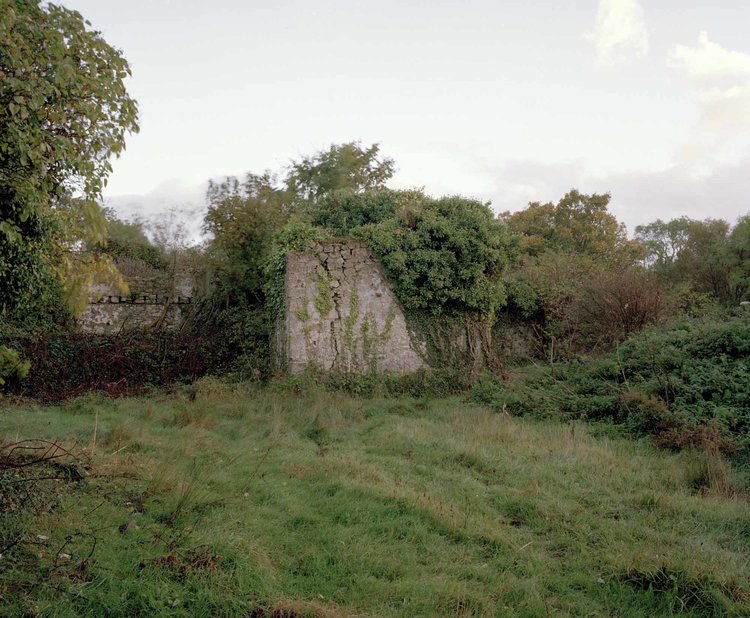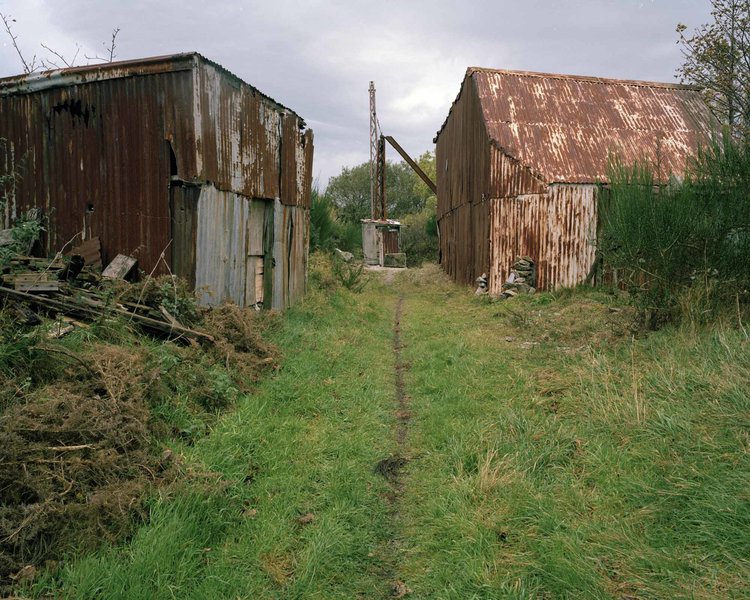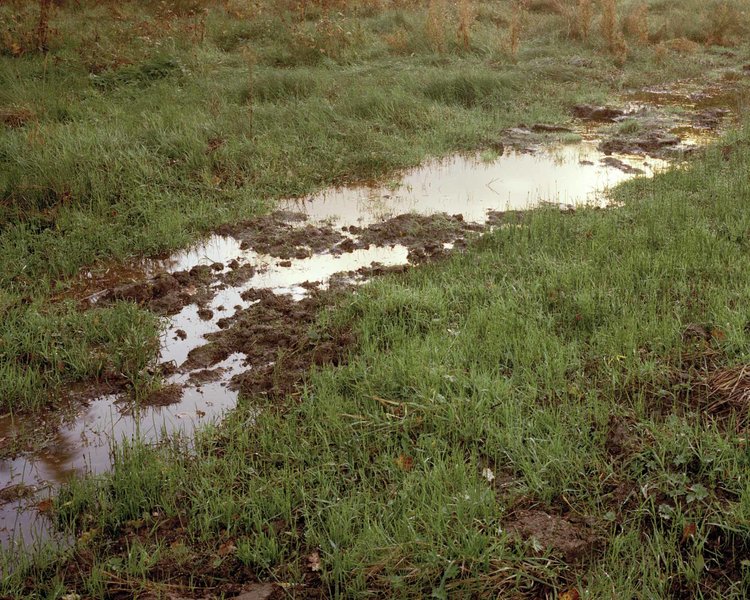EVENTO
BY FRANCESCO TAURISANO
Francesco’s work contributes to the critical reframing of landscape representation in contemporary photography. It offers the viewer a multi sensorial reflection on our appreciation of the landscape, in which imagination, memory and nostalgia for the past provide the opportunity to explore cultural representation of place. This strategy reconnects the viewer with the classical aesthetic representation of landscape, taking them on a journey that privileges the everyday and the rediscovery of the non-places that have become unfamiliar in modern society. This approach to landscape is inclined to study how the land and its inhabitant are changing, and how they have transitioned from agricultural to a post-industrial economy.
Synopsis
Finding an appropriate way to represent human intervention in the landscape is difficult. The topic is often represented through an array of clichés, offering an incomplete view of the surrounding environment that we live in and how it has changed over time. As theorists and image makers have reformulated our notion of the landscape, a new generation of photographers has emerged who engage with the subject democratically.
Collaborative projects such as New Topographics (1975) in the US, Mission Photographique de la DATAR (1983) in France and Viaggio in Italia (1984) in Italy, have set new standards in the representation of landscape, generating critical debate on the necessity to produce a view of the landscape that encompasses the drastic changes of a postindustrial society.
It occurred to me while I was photographing for this project that we have inherited from Luigi Ghirri (amongst many others photographers who work within similar parameters) the idea of uncovering new methods of representing marginal landscapes as away to reconnect with our past and the concept of modernity and the everyday. This develops as an attempt to escape from imagery offering a narrow, glorified conception of the landscape.
In Ghirri’s images, we encounter the peripheral and regional, decentering the hierarchy of vision that permeates our imagination of space. His contribution is an important influence in the debate over the past few years on the cultural changes that occurred during the Celtic Tiger era. Ghirri’s approach offers us a way of circumventing the overtly political, choosing instead to reposition our vantage point on the forces that shape a society and its interaction with the environment.
My project is aimed to explore the places that shifted radically during the boom, representing the “new landscape” that Maria Antonella Pelizzari described as “apparently removed and forgotten” (Pelizzari, 2013: 11). As Arturo Carlo Quintavalle suggested in the preface wrote for Viaggio in Italia (1984), a number of authors and analyst as well as photographers and writers began to question if the countryside still exist but also how ambiguous its representation has become (Quintavalle, 1983: 14). It’s a matter of brining the everyday and banal to our attention, of refocusing our gaze on the non-places that we overlook. These liminal places have been gradually excluded and ignored from our daily life and disassociated from our existence in highly urbanized cities.
In a place that still relatively new to me, I am trying to produce a series of images accessible to the viewers and the masses. The significance of a journey through the landscape became more central to my work as my attention to the vernacular and meditative approach to photographing changed.
However, as with Ghirri’s photographs, the key feature of this project lays in the collaboration with another practitioners and disciplines, especially through the creation of visual and audio experiences that enable the viewer to have a better understanding of the rendition of liminal spaces, blending different strands of photographic traditions.
Therefore, my intent is to explore how the territory around us has changed, moving away from a cliché mode of representation and towards a democratic photography.
The ambitions of these photographs lay on their evocation of a journey through this land and how it echoes with the nostalgia for the past in our modern society.
As Luigi Ghirri argues in the preface of Kodachrome:
Thus photography, with its indeterminacy, becomes a privileged subject; it allows us to move away from the symbolic nature define representation, and we can attribute to it a value of truth. The possibility of analysis in time and space of the sign that form reality (the entire of which has always been elusive) thus allows photography, with its fragmentary nature, to be closer to what cannot be delimited: physical existence (Ghirri, 1978: 111).

